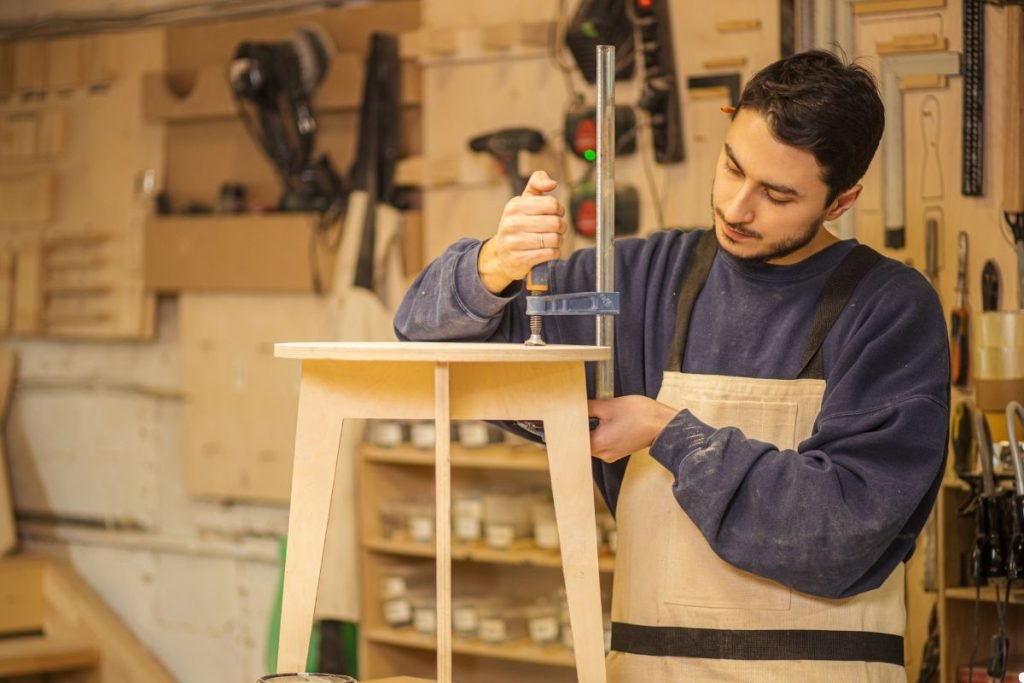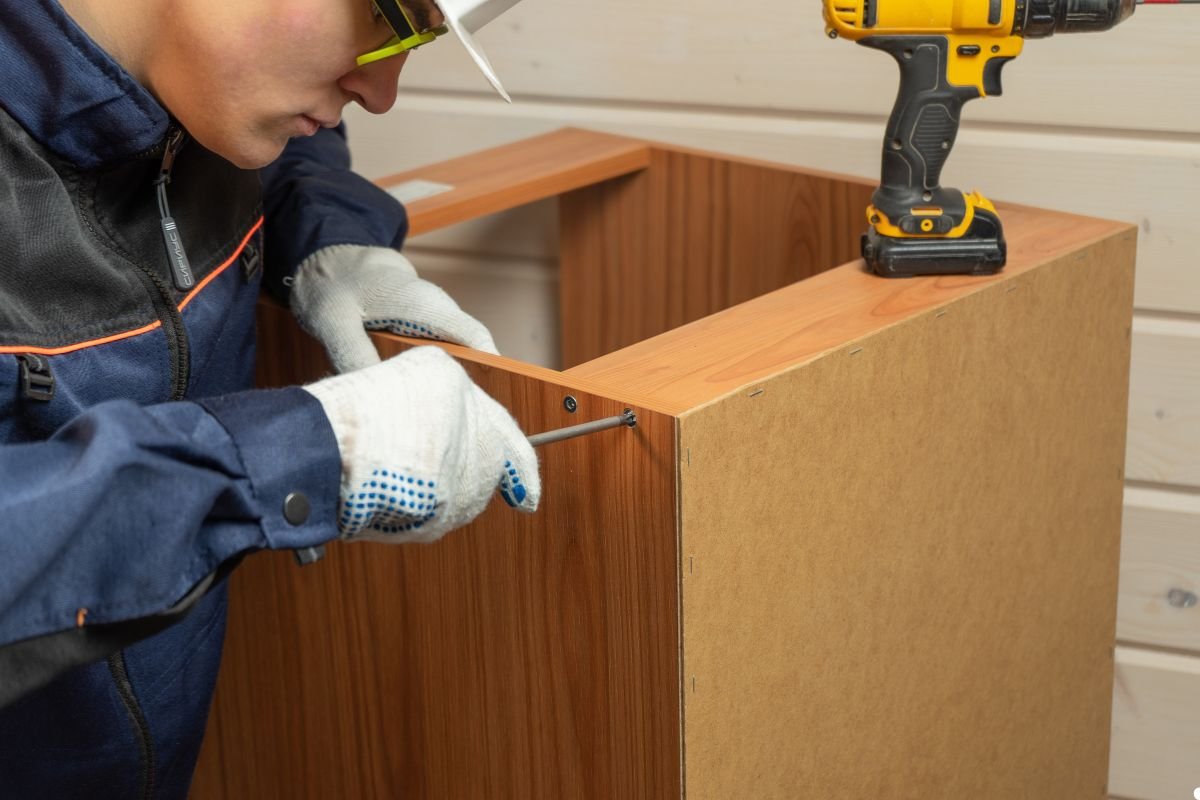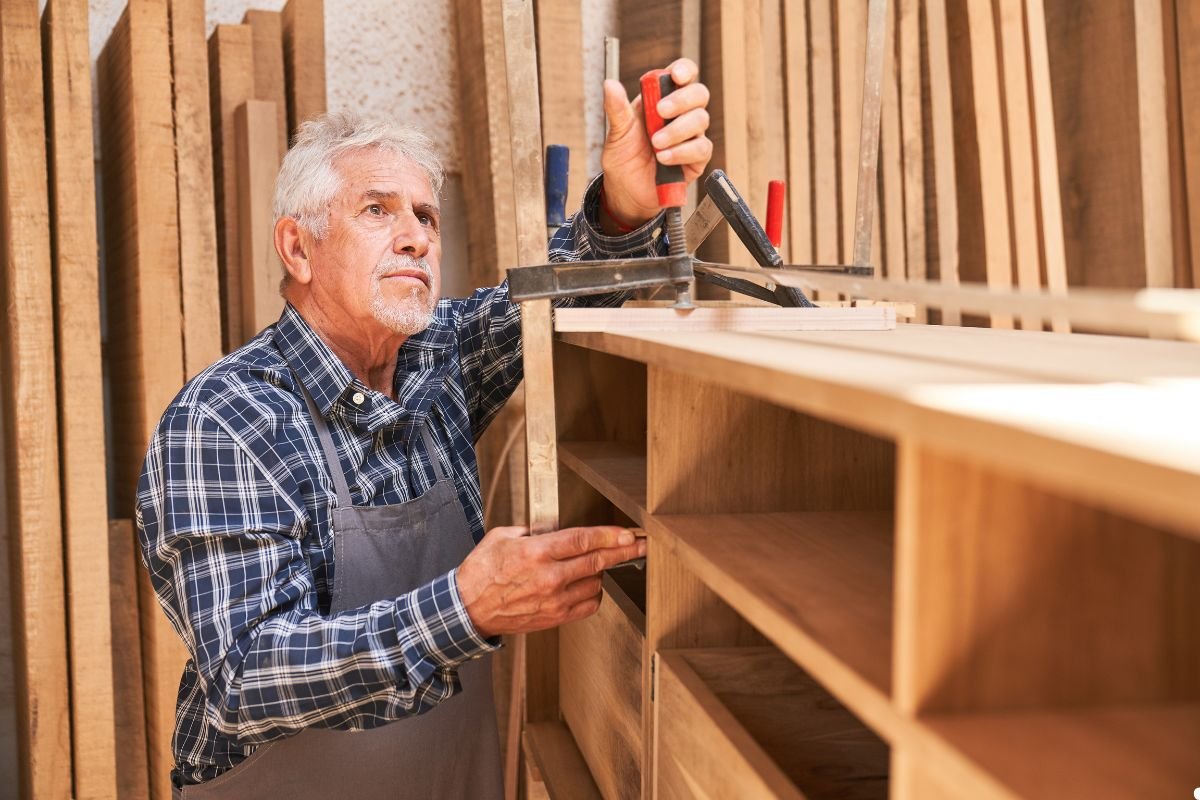
Do you have an old piece of furniture sitting in your attic, or perhaps a family heirloom passed down through generations? Determining its true value requires a keen eye and a systematic approach. This comprehensive guide will walk you through the steps of evaluating old furniture, from identifying its style and period to assessing its condition and researching its history. By the end, you’ll have a much clearer understanding of its worth, whether you’re considering selling, insuring, or simply appreciating its story. Call us today for expert assistance in valuing your furniture!
Unlocking the Stories Hidden in Your Furniture
Old furniture repair isn’t just about wood and fabric; it’s a tangible connection to the past. Evaluating it allows you to understand its history, appreciate its craftsmanship, and potentially uncover hidden value. Whether it’s a Queen Anne highboy or a Mid-Century Modern credenza, each piece has a unique story to tell. Learning how to evaluate these items allows you to determine if you have a real treasure on your hands.

A Journey Through Furniture History
One of the first steps in evaluating antique furniture is identifying its style and period. Different eras have distinct characteristics. For example, Queen Anne furniture (early 18th century) is known for its cabriole legs and graceful curves, while Victorian furniture (1837-1901) often features elaborate carvings and dark woods. Mid-Century Modern furniture (1945-1965) emphasizes clean lines, geometric shapes, and materials like teak and walnut. Recognizing these styles is crucial for assessing age and potential value.
The Devil is in the Details
The condition of your furniture significantly impacts its value. Begin by examining its structural integrity. Are the joints loose? Are the legs wobbly? Next, check for surface damage like scratches, dents, stains, and veneer damage. If the piece has upholstery, inspect it for tears, stains, and wear. Finally, look for any repairs or alterations, such as replacing furniture hardware or refinishing.
The Building Blocks of Value
The materials used and the way the furniture was constructed also play a role in its value. Certain wood types, like mahogany, oak, and walnut, are highly prized. Pay attention to the hardware and fittings. Original pulls, hinges, and locks can add to the value. Also, examine the joinery methods. Dovetail joints and mortise-and-tenon joints indicate quality craftsmanship.
Uncovering the Past
Provenance refers to the history of ownership of a piece. Tracing its history can significantly increase its value. Look for maker’s marks and labels. These can help identify the manufacturer and date of production. Try to trace the ownership history of the piece. Do you have any old receipts, appraisals, or other documentation?
Putting it All Together
Determining the value of antique furniture is a multifaceted process. Start by conducting online research and comparing prices on online auction sites and antique dealer websites. Consulting with antique appraisers can provide a more accurate assessment. Also, consider current market trends. Certain styles and periods may be more popular than others at any given time.

Preserving Your Investment
Once you’ve evaluated your old furniture, it’s important to care for it properly to maintain its condition and value. Use gentle cleaning and polishing techniques. Protect it from damage by avoiding direct sunlight and extreme humidity. Store it in a safe place where it won’t be exposed to moisture or pests.
Addressing Common Concerns
How can I tell if my furniture is truly antique?
Furniture is generally considered antique if it’s at least 100 years old. Check for signs of age, like wear and tear, unique construction techniques, and historical markers.
What is the difference between antique and vintage furniture?
Vintage furniture is typically less than 100 years old and represents a specific era or style. Antique furniture is over 100 years old.
How much does it cost to get a furniture appraisal?
The cost of a furniture appraisal varies depending on the appraiser’s experience, the complexity of the piece, and the location. Expect to pay anywhere from $100 to $500 or more. With our services, you can trust that your furniture will be evaluated with precision and expertise.
Where can I find a qualified antique furniture appraiser near me?
Search online for certified antique appraisers in your area. Check their credentials and experience before hiring them.
What are the most valuable types of old furniture?
Furniture from renowned makers, pieces with exceptional provenance, and rare examples of specific styles are often the most valuable.
Is it worth restoring damaged antique furniture?
It depends on the value of the piece and the extent of the damage. Restoration can increase the value, but it’s important to hire a qualified professional.
How can I protect my furniture from sun damage?
Use curtains, blinds, or UV-protective window film to block direct sunlight.
Appreciating the Beauty and Value of Old Furniture
Evaluating old furniture is a journey of discovery. By understanding its style, condition, materials, and history, you can unlock its true value and appreciate its unique story. Whether you’re a collector, a seller, or simply a lover of beautiful things, the knowledge you gain will enrich your appreciation for these tangible pieces of the past. You also can call us and we will help you with the furniture history.
